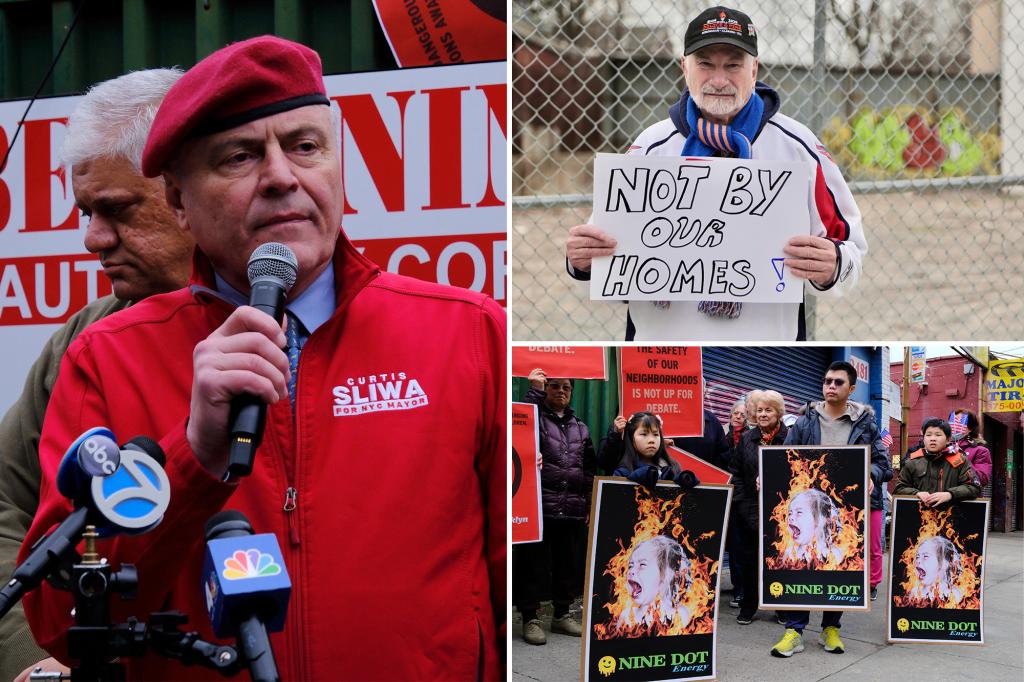It’s the new not-in-my-backyard rage – and the latest blow to New York’s green energy agenda.
New Yorkers are lining up in opposition to dozens of new lithium-ion battery storage facilities planned across the Big Apple and beyond, over fears they could spark toxic infernos in residential neighborhoods.
Queens Councilman Robert Holden said he doesn’t want his neighborhood to turn into a potential “mini-Chernobyl” — a reference to the nuclear power plant disaster in Ukraine on April 26, 1986 that released a mass amount of radioactive material and forced the evacuation of more than 100,000 residents.
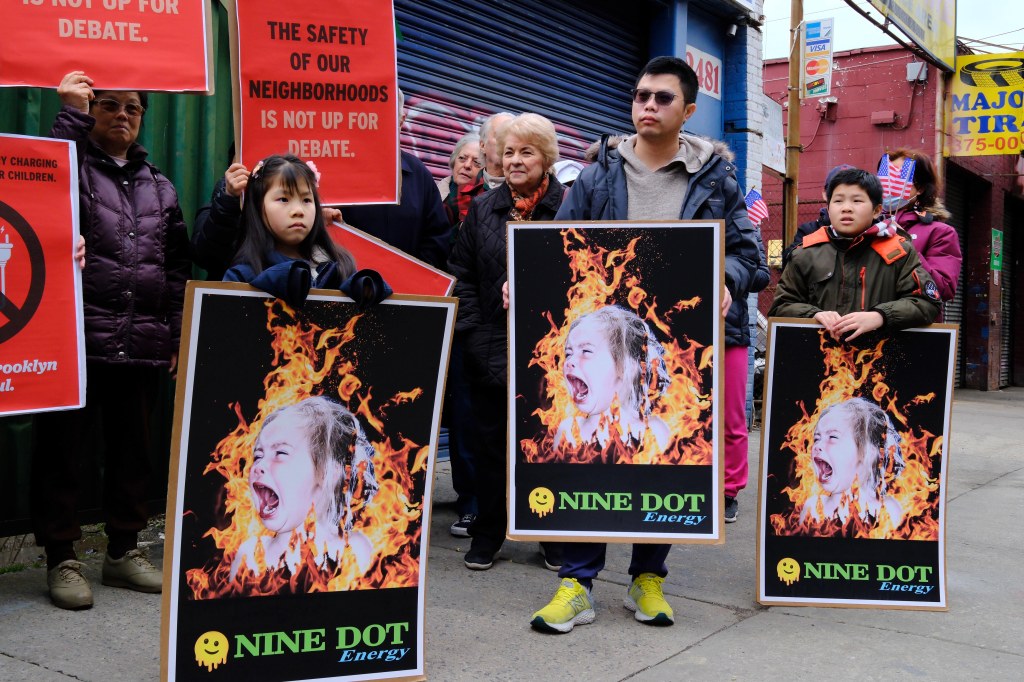
“Why are we putting our children in a dangerous situation?” lifelong Middle Village and stay-at-home mom, Graceann Faulkner, 50, told The Post at one recent protest of a proposed NineDot Energy battery warehouse.
The site, which is now vacant at 64-30 69th Place, stands next to a daycare and preschool (Books & Rattles, Inc.), the Juniper Valley Animal Hospital and also lies across the street from PS 128.
Faulkner said she would pull her fifth grade daughter, Christina, out of PS 128, if plans for the battery storage facility power ahead.
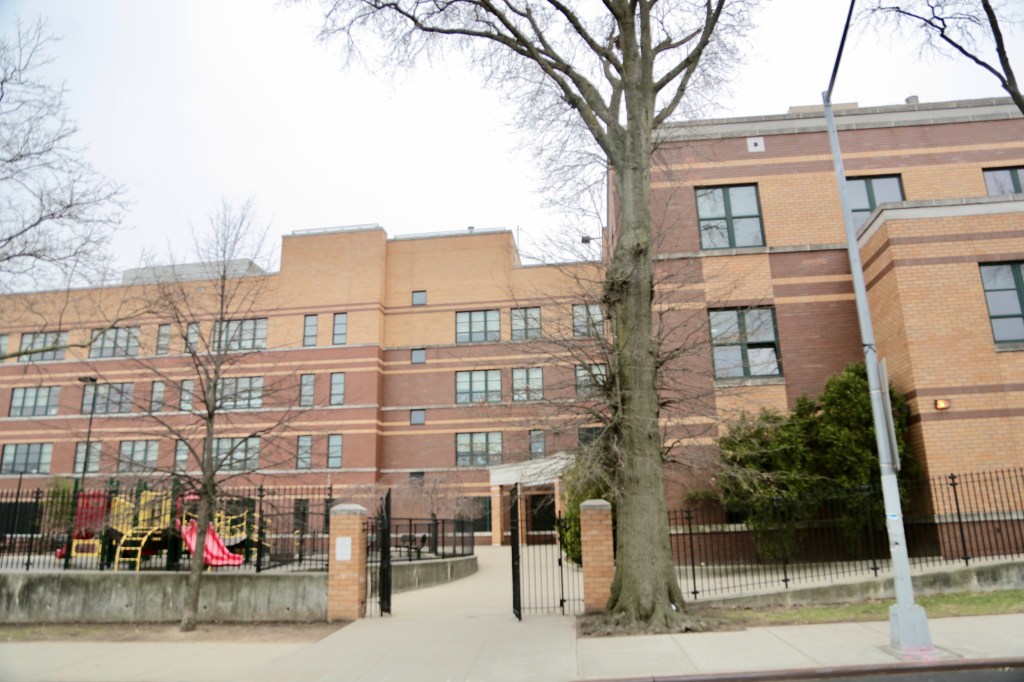
NineDot Energy spokesperson Karen Alter, when contacted by The Post, said the Brooklyn-based firm had not made a “final decision on moving forward.”
In a copy of emails with community officials obtained by The Post, NineDot rep Sam Brill defended the safety of such battery sites, including a NineDot battery facility in the Bronx, that for years has “safely operated” 40 feet from a public school.
“FDNY wouldn’t let us build these if they weren’t safe,” Brill said.
The standoff is an increasingly common sight in the five boroughs with locals complaining potential blazes would be difficult to put out, as battery storage explosions in California have shown.
California’s Public Utilities Commission recently tightened up safety rules for these facilities following fires that spewed toxic smoke.
The batteries store energy, primarily from emerging solar and wind power, to help New York meet targets under the much-criticized Climate Act of 2019 approved by then-Gov Andrew Cuomo — now a mayoral candidate.
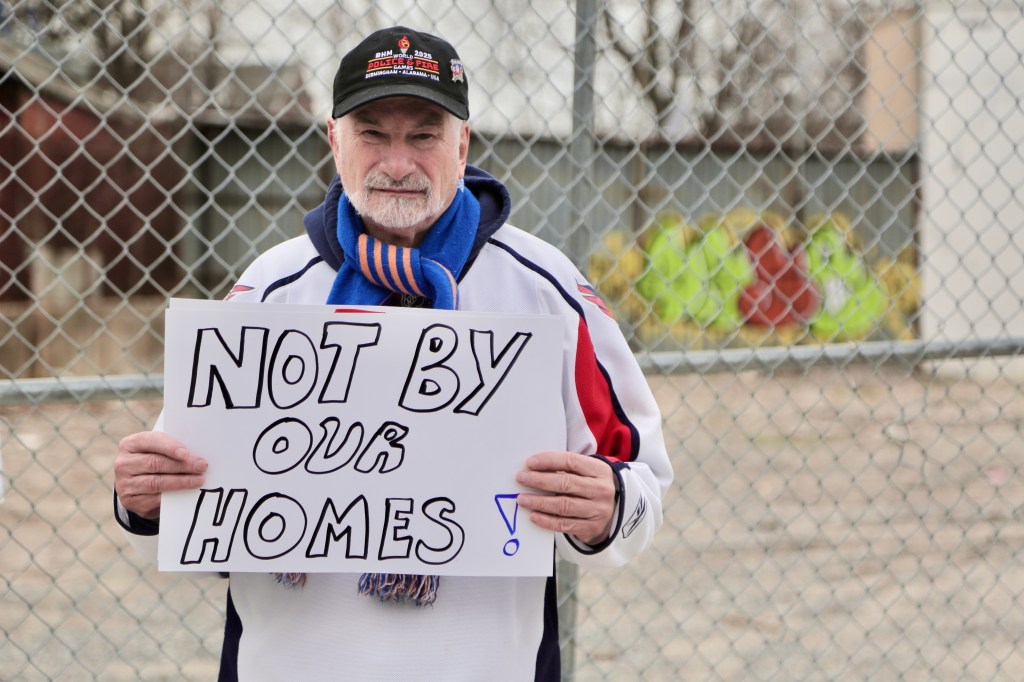
Under the plan, New York must reduce greenhouse gas emissions 40% by 2030 and have 100% zero-emission electricity by 2040. Rules require New York to generate 9,000 megawatts of offshore wind energy by 2035, 6,000 megawatts of solar energy by 2025 and build 3,000 megawatts of energy storage by 2030.
“Energy storage will help achieve the aggressive Climate Leadership and Community Protection Act goal of getting 70% of New York’s electricity from renewable sources by 2030,” NYS Energy and Research and Development Authority [NYSERDA] said.
But the targets are unachievable, even clean energy advocates admit.
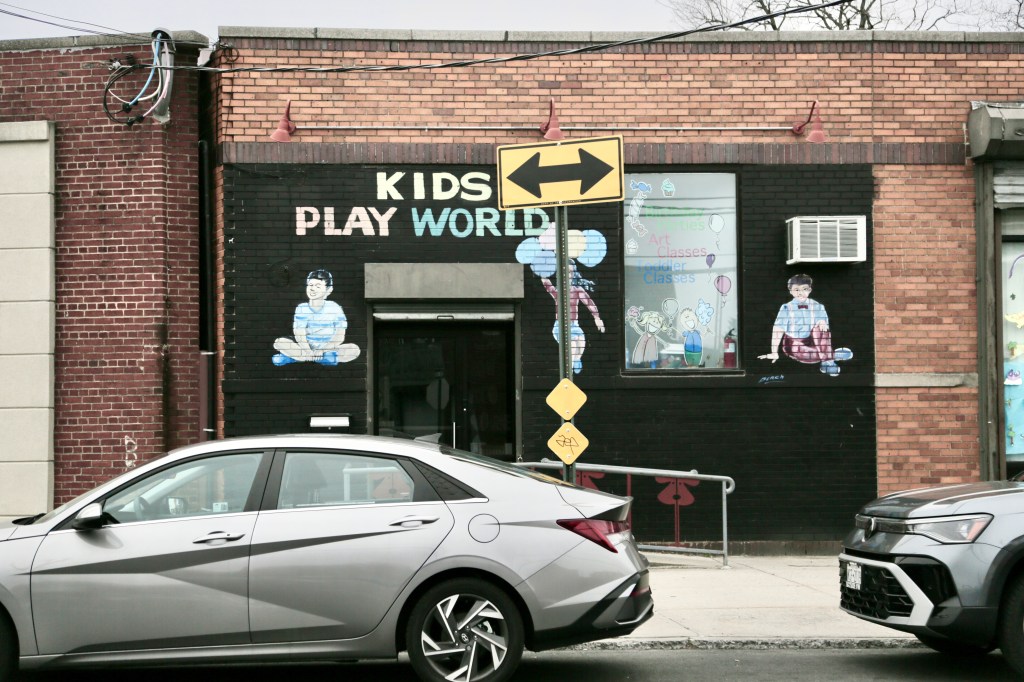
The Public Service Commission — mostly staffed by commissioners appointed by Gov. Kathy Hochul — has authority to locate battery energy storage facilities with a capacity of at least 80 megawatts.
But officials in New York City and other localities have the authority to approve or reject battery storage facilities with lower capacity under 80MW — which represents most projects, according to the PSC.
There are 74 existing battery storage facilities in the city — 18 each in Brooklyn and Manhattan, 16 in Queens, and 11 in The Bronx and Staten Island, according to the NYSERDA website.
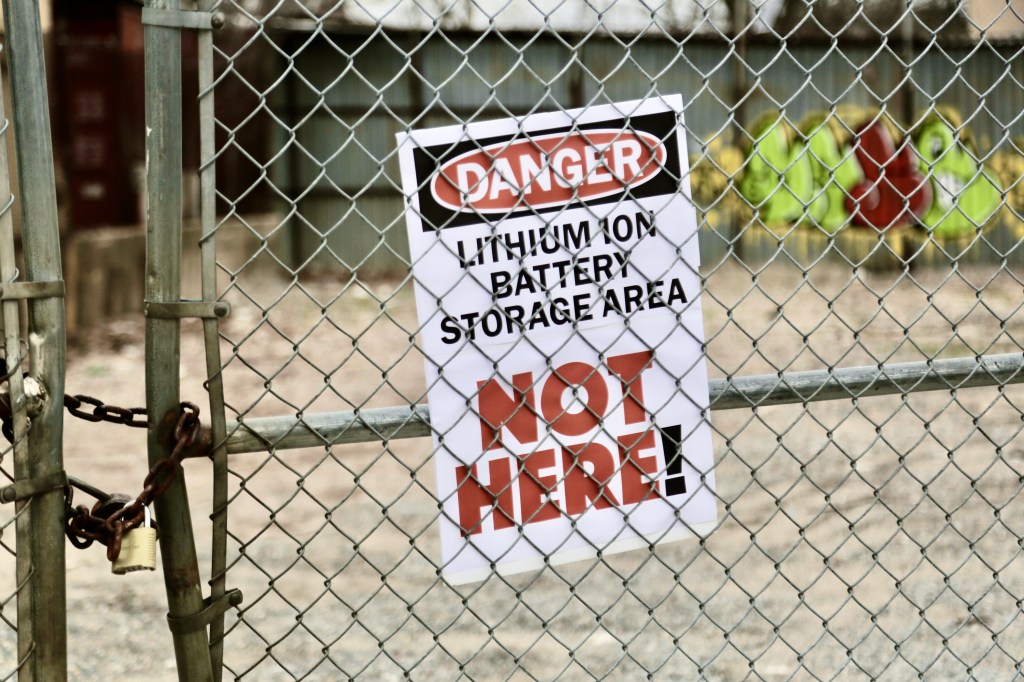
Statewide, there are 6,304 such projects.
Republican mayoral candidate Curtis Sliwa said the rage against the battery storage warehouses is a sleeping giant issue that could propel him to victory in the race for City Hall, likening it to opposition to borough-based jails and migrant shelters.
“They’re putting them up in residential areas.The rage from residents … is palpable,” Sliwa said during a Post editorial board interview.
Whether the facilities could sway the mayoral race, plans for new warehouses is riling locals.
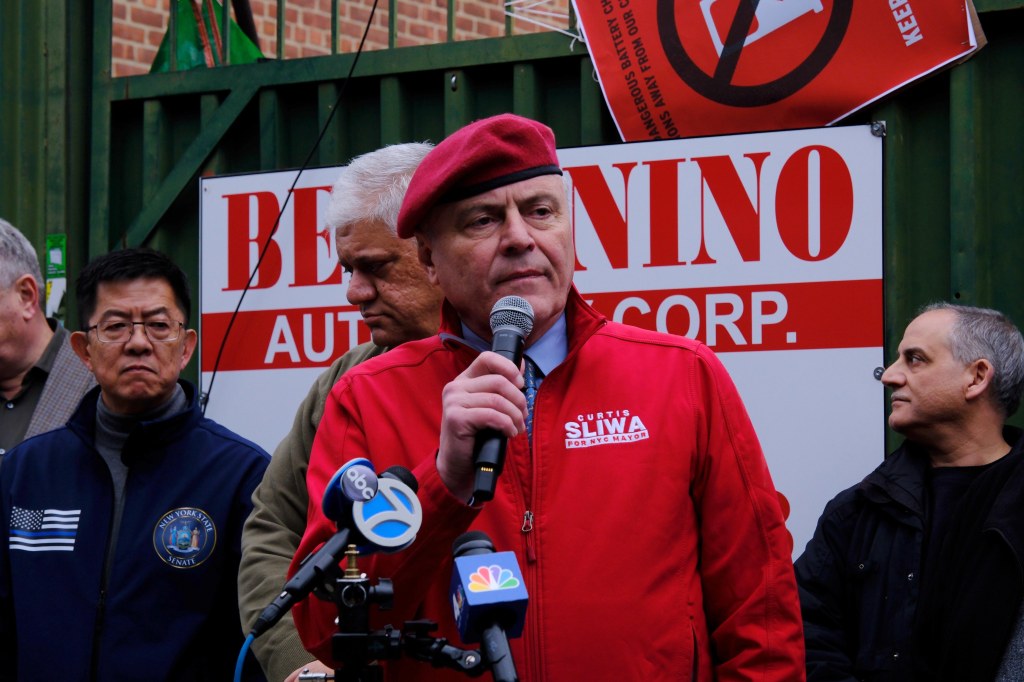
“They just found a cheap available land, but our lives are not cheap…..our own children are not cheap,” Brooklyn Assemblyman Michael Novakhov said after he spearheaded an April 6 rally against the installation of a lithium-ion station at 2481 McDonald Ave. in Gravesend.
There’s also stiff opposition to numerous battery storage sites in Staten Island.
One such facility is located on Nelson Avenue between a gas station and a home, said island Borough President Vito Fossella, who is eying a lawsuit to block the projects.
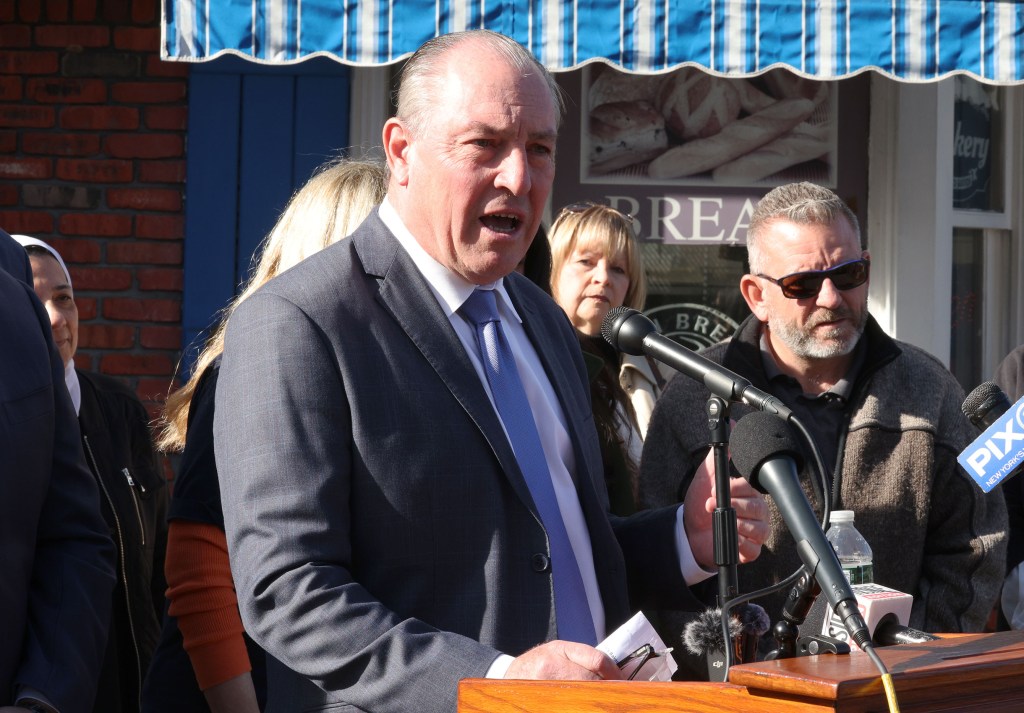
“Battery storage facilities should not be located next to people’s homes or gas stations,” Fossella said.
He said the pressure to comply with the Climate Act is putting health and safety at risk.
“It’s clearly a rush job,” Fossella said. “We’re not crying wolf. This is a hazard waiting to happen.”
State officials insisted the battery storage sites are safe.
The city’s energy storage regulations crafted by the FDNY and Buildings Department “are widely regarded as among the strongest in the country” and have been adopted for statewide projects by the governor’s Inter-Agency Fire Safety Working Group, a NYSERDA spokesperson said.
The working group has issued recommendations that ”prioritize the safety of all New Yorkers and reaffirm New York’s commitment to the safe deployment of energy storage—positioning New York as a national leader in battery energy storage safety,” the NYSERDA rep added.
The post New Yorkers revolt against ‘toxic’ new neighborhood battery storage facilities as backlash grows to green energy law appeared first on New York Post.
